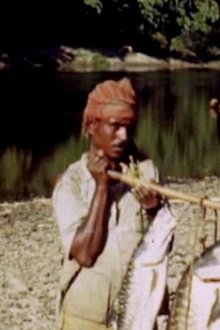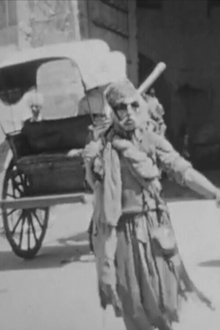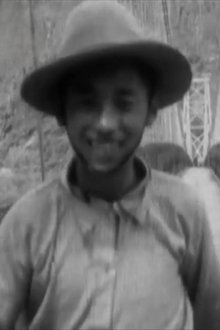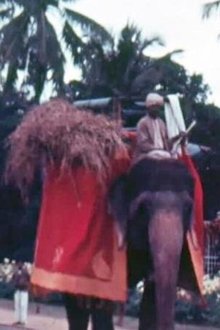Snapshots of colonial life around Tamil Nadu, plus a visit to the Toda tribe.
Related Movies
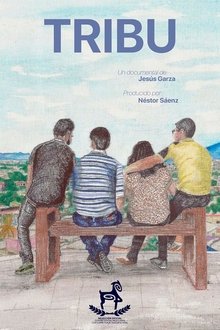
Tribu (2022)
Ruben and Gio have been recently adopted by Evelyn and Memo. The four of them try to create a home where the past, the bad and good stories, and the dreams in common for the future blend all together.
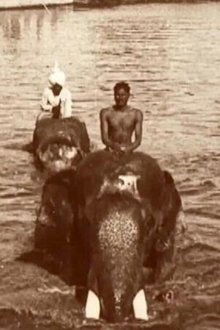
Edward Prince of Wales' Tour of India: Indore, Bhopal, Gwalior and Delhi (1922)
The future Edward VIII enjoys a stately procession and visits the Taj Mahal before meeting senior Indian royalty.
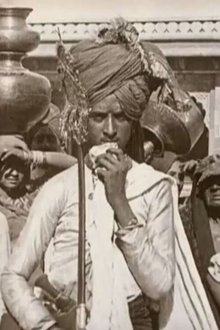
Edward Prince of Wales' Tour of India: Bombay, Poona, Baroda, Jodhpur and Bikaner (1922)
The future Edward VIII visits his Empire, with Indian royalty, elephants, palaces and temples.

Edward Prince of Wales' Tour of India: Bikaner, Lucknow, Benares, Nepal and Great Tiger Shoot (1922)
The future Edward VIII enjoys receptions, playing polo and hunting tigers on his royal tour.
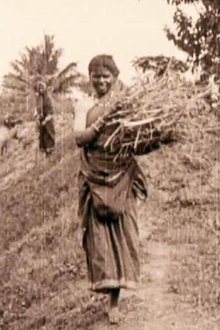
Edward Prince of Wales' Tour of India: Peshawar, The Khyber Pass and Rawl Pindi (1922)
The future Edward VIII enjoys stunning mountain scenery on a visit to the Khyber Pass during his royal tour
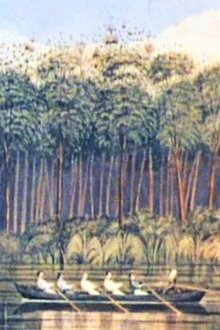
New Country - New People (1978)
A documentary about the history of settler groups that came to New Zealand from Europe.
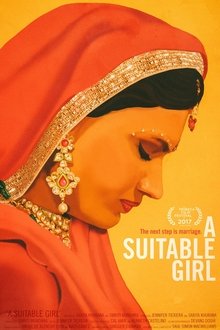
A Suitable Girl (2017)
A Suitable Girl follows three young women in India struggling to maintain their identities and follow their dreams amid intense pressure to get married. The film examines the women's complex relationship with marriage, family, and society.
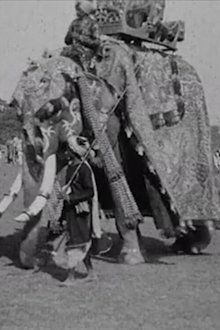
Calcutta Pageant (1912)
Scenes from a lavish pageant held during the royal visit to India, celebrating King George V’s coronation.

Edward Prince of Wales' Tour of India: Calcutta and Delhi (1921)
The future Edward VIII opens a durbar and enjoys a day at the races before inspecting the fire brigade in Calcutta.
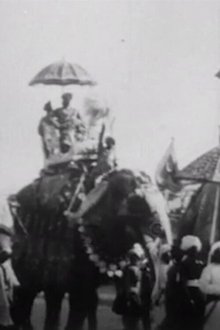
Procession of Elephants with Howdahs - India (1905)
An elephantine spectacle, likely part of the celebrations for the visit of the Prince and Princess of Wales to India.
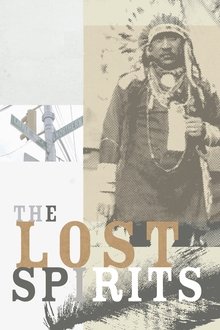
The Lost Spirits (2009)
The last surviving Native Americans on Long Island are the focus of The Lost Spirits. The film chronicles their struggles as an indigenous people to maintain their identity amidst relentless modernization and a heartless bureaucracy.
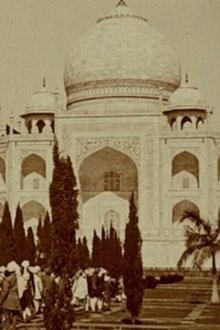
Montreal and India (1922)
The Taj Mahal and shots of Jalandhar nestle between footage from Canada and Africa.
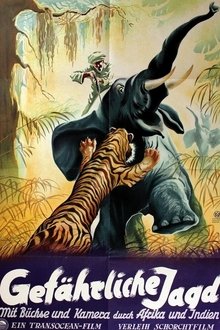
Gefährliche Jagd (1950)
A humorous documentary about a historic hunt in 1929 through the African savannah and Indian jungle with lots of animal footage.
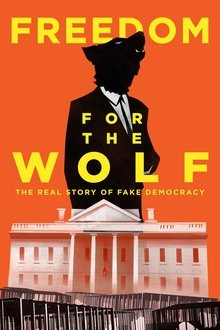
Freedom for the Wolf (2017)
The Real Story of Fake Democracy. Filmed over three years in five countries, FREEDOM FOR THE WOLF is an epic investigation into the new regime of illiberal democracy. From the young students of Hong Kong, to a rapper in post-Arab Spring Tunisia and the viral comedians of Bollywood, we discover how people from every corner of the globe are fighting the same struggle. They are fighting against elected leaders who trample on human rights, minorities, and their political opponents.


